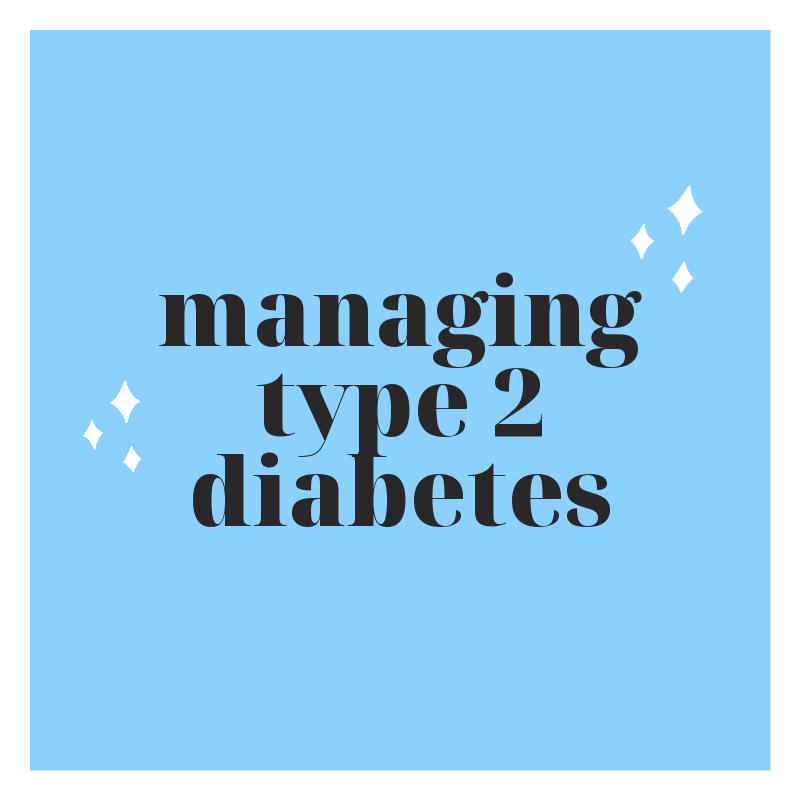
Diabetes is one of the most common chronic conditions worldwide, affecting about 1 in 11 adults. Its prevalence means you probably know someone who has diabetes, so being aware of this disease and how it can affect one’s life is important. This American Diabetes Month, take the time to learn about what’s true—and what isn’t—about this condition.
MYTH: Diabetes is a single disease.
FACT: Diabetes is actually a group of diseases, all of which affect how your body metabolizes blood sugar. Chronic diabetes include Type 1 and Type 2, but some forms of diabetes are also potentially reversible, like gestational diabetes, which occurs during pregnancy. Although diabetes can develop at any age, Type 1 diabetes often shows up during childhood or adolescence, while Type 2 more commonly occurs in people over the age of 40.
MYTH: Eating a lot of sugar causes diabetes.
FACT: Diabetes is caused by your body either not making enough insulin or not using it well, both of which can increase your blood sugar levels, but eating sugar itself doesn’t directly cause someone to develop diabetes. However, excess sugar can lead to obesity, which is a significant risk factor for type 2 diabetes.
MYTH: If you don’t have a family history of diabetes, you won’t get it yourself.
FACT: While family history is a risk factor for both Type 1 and Type 2 diabetes, other factors are also involved. In fact, you can significantly reduce your risk of developing Type 2 diabetes by maintaining a healthy diet, getting regular exercise, and not smoking.
MYTH: People who have diabetes can’t eat sweets.
FACT: As long as you plan for them, you can have a few sweets in moderation, even if you have diabetes. This planning can include decreasing your carbohydrate intake from other sources or, if you take insulin, taking a higher dose than normal. Your healthcare provider can tell you about how you can safely indulge in the occasional treat while still keeping your diabetes under control.
MYTH: It’s unsafe to exercise if you have diabetes.
FACT: Exercise is in fact a vital step to managing diabetes, because it helps increase your body’s sensitivity to insulin. However, if you do have diabetes, you should talk to your healthcare provider about how to watch for potential problems that may arise with your eyes, feet, or heart when you exercise.
The International Diabetes Foundation predicts that in the next 10 years, the number of people with diabetes around the world will rise from 463 million to 578 million, and in 25 years, it’ll reach 700 million. However, with proper knowledge about prevention and management, we can work towards slowing this growth. Have a great rest of the month, and as always, stay healthy and stay safe!
–The Wellness and Stress Clinic Team
Sources:

